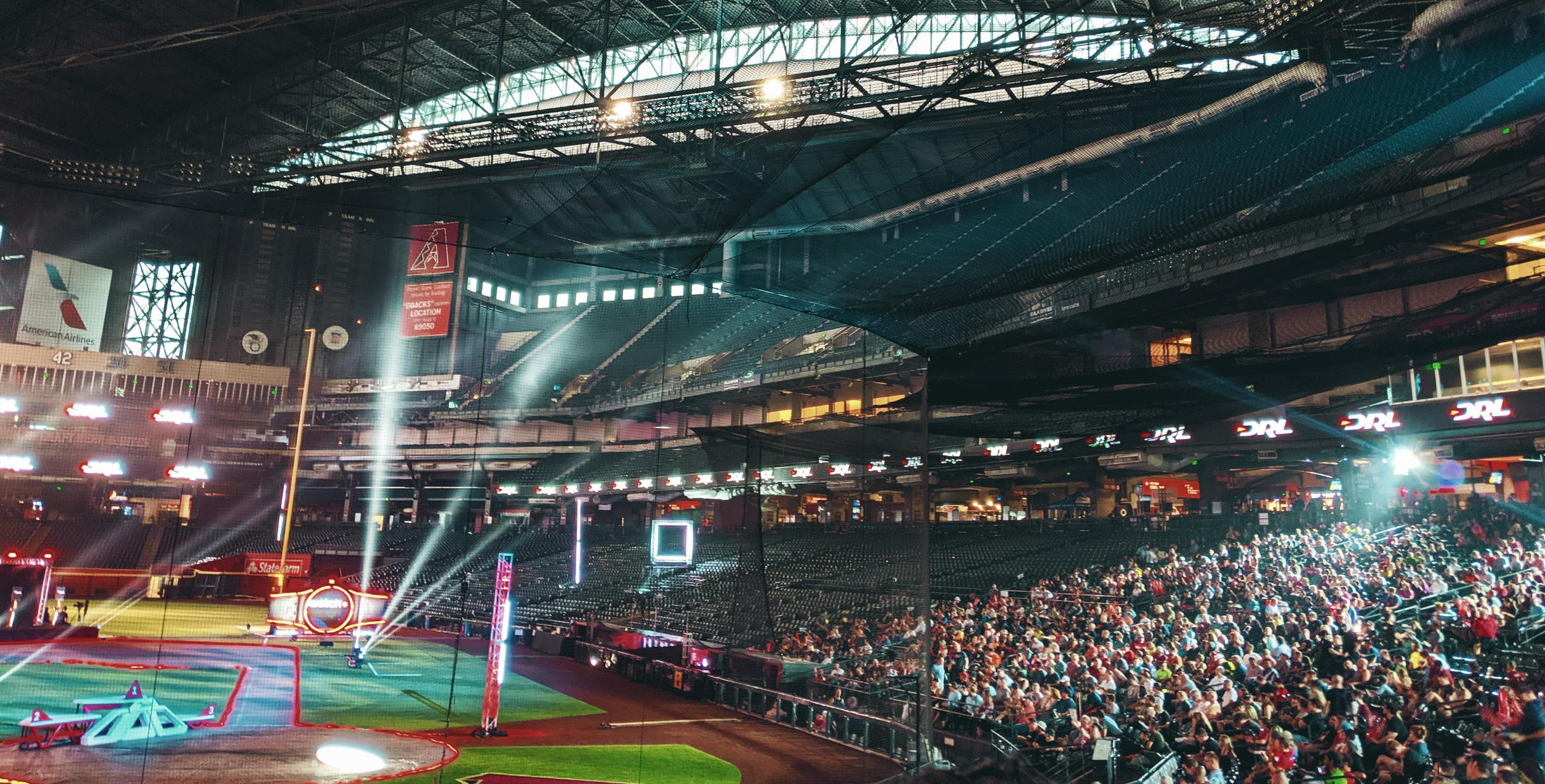
Deliver
The learners produce and apply a suitable solution to the problem. Sometimes it may not work, and this can be a powerful learning experience involving useful failure. Clear planning and acceptance of feedback will move students to successful presentation of a sustainable solution.
-
Learning Areas: English, HASS, HPE, Technologies, Science
Year Levels: 5-10
Teaching Time: 55 mins.
Resources required:
• Device capable of presenting a video to the class
• Devices to produce a presentation slide or poster materials
• Black/white board or chart paper
• Journal (exercise or scrapbook) 1 per student
Teacher Preparation:
Confirm judging panel and communicate expectations, i.e. tactful, age-appropriate feedback, and to be prepared to ask students questions about their sustainable solutions.
Level of teacher scaffolding:
• Medium - facilitate class discussion
• Conference with students regarding project development
Learning Intentions
Following the guidelines of the Solution Thinking stages, students formulate a well-rounded and considered solution that they are ready to present to their audience.
Key term: Useful failure
-
Remind students of the goal and that they have 3 more lessons to complete the challenge
The Challenge
Create a new idea or innovate on an existing sustainable solution. You do not need to make the product nor know how to design it - just come up with an innovative idea. Develop your idea to the pitch/presentation stage. Include a poster or slide. You can present your idea in person or via video, 3 minutes in length. A panel of judges will provide feedback.
Refer to the 6 Stages of Solutions Thinking.
-
10 minutes
Industry partner incursion or video (videos will continue to be made available on our website).
Ask your guest if they use the backcasting strategy in their concept development.
-
10 minutes
DELIVERY
Deliver the goods and put the solution to work in a practical application. It's time to communicate your dream, your innovative sustainable solution.
Stay focussed and on track by refering to your summative rubric.
Formative assessment via conferencing and single-point rubrics by the teacher is critical at this point. If your learners don't get accurate and timely feedback, they may attempt solutions that are inappropriate or unachievable. However, there is also value in allowing the students to make mistakes and develop alternative solutions from this. It's a tap dance!
-
5 minutes
You are getting close to your solution destination. Chart which thinking step you believe you need to visit before moving along. Add an arrow but remember to track your time with a star.
-
20 minutes
If you feel you are close to finalising your design and delivery time to rehearse and seek feedback.
Keep in mind your audience (adults). You want to demonstrate that you are capable of conceiving of a great idea and you have the tenacity to back it up with research and development. Also, most importantly is your purpose, a Carbon Zero Future. Your solution must revolve around sequestering carbon or using renewable energy. These factors will guide your solution design.
-
5 minutes
Chart where you spent your project time on your Journey Map.
Sleep on it
Start visualising yourself giving a great presentation. You are prepared, relaxed and confident.
Rehearse your pitch in front of your family. What feedback do they have?
-
-

Lesson 1 Introduction
-

Lesson 2 Define
-

Lesson 3 Discover
-

Lesson 4 Dream
-

Lesson 5 Design
-

Lesson 6 Deliver
-

Lesson 7 Debrief
-

Lesson 8 Expo
-

Lesson 9 Expo
-

Lesson 10 Celebrate

